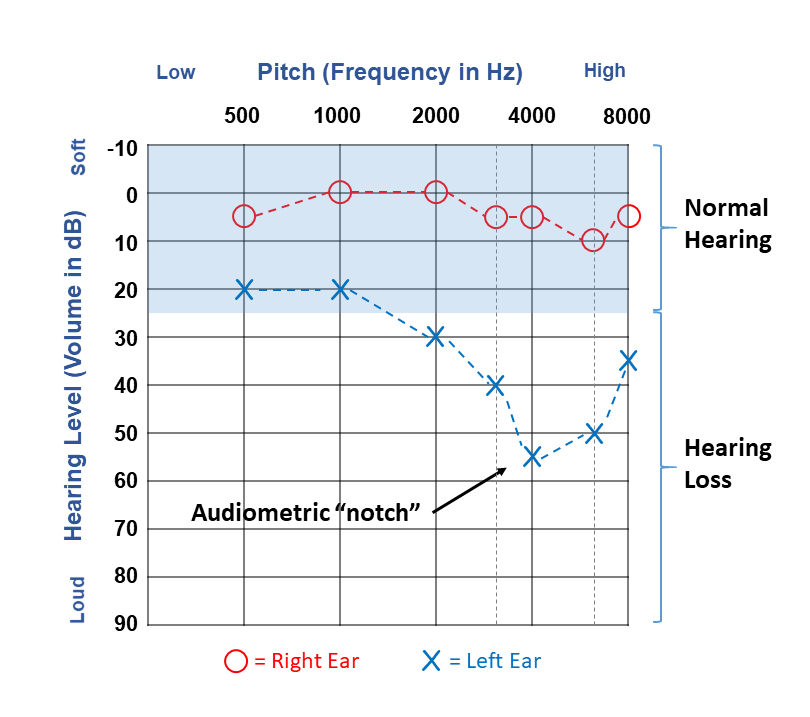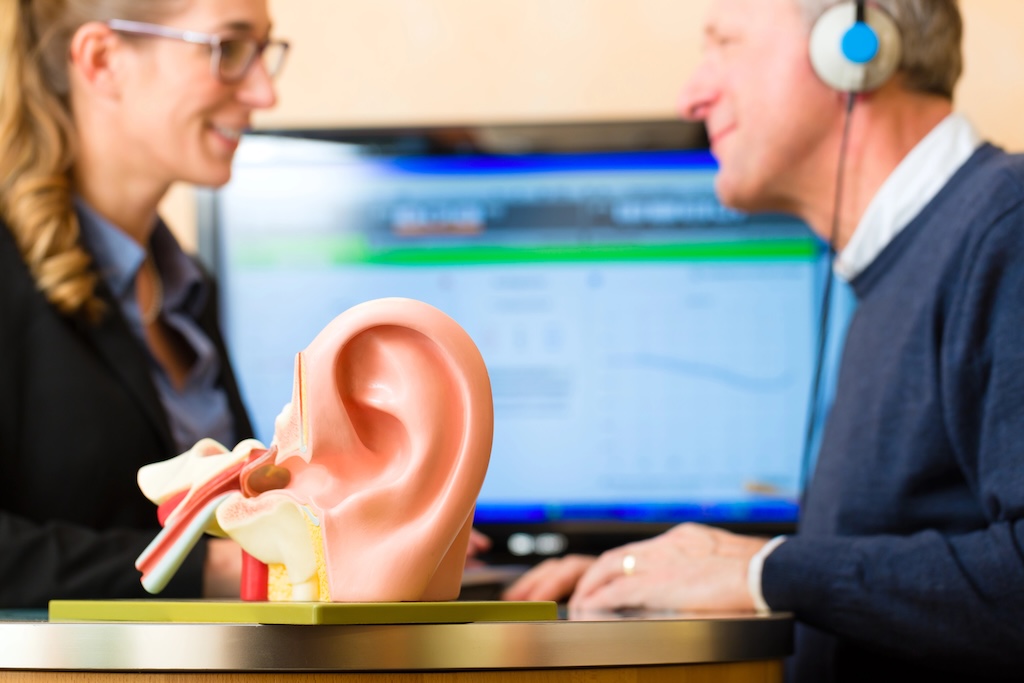First responders like firefighters, paramedics, Law Enforcement, and EMTs have one of the toughest jobs. They frequently risk their health or even their lives to keep us safe. But what about protecting their own health? That’s where occupational health and OSHA come into play. Here, we explore the often-overlooked importance of hearing screenings.
Why are first responders at risk of deafness?
First responders face numerous risks to their hearing. These include:
- Emergency sirens, which can often be well above non-harmful decibel levels
- Explosions caused by fires, or gunshots, during training or emergency incidents
- Unmuffled engines, alarms, or high-pressure water pumps
Very loud noises can damage hearing instantly. But repeated exposure to any loud noise can also cause cumulative damage. The Occupational Safety and Health Administration (OSHA) collectively calls these “occupational noise exposure”.
How loud is too loud?
It is tempting to try and define a specific noise volume as “too loud.” But sound pressure (loudness) dissipates with distance. That makes it quite hard to define what is too loud. Noise-induced hearing loss is also a greater risk as you age, because the delicate structures inside the ear deteriorate with age anyway.
As a rule of thumb, any noise that leaves your ears “ringing” for some period of time afterwards is too loud. That ringing is a warning sign of damage. At the more extreme end of the spectrum, thunderous sounds, such as explosions, can rupture your eardrum or permanently damage the small bones inside the middle ear.
Why is it important?
There are several reasons why good hearing is crucial for first responders.
- First responders need to be able to hear and understand orders in loud or stressful situations.
- If your hearing is already damaged, there is a significantly higher chance that exposure to loud noises will cause further damage.
As a result, audiometry tests should be a core annual screening requirement for many first responders. Some first responders, such as firefighters, are required to pass regular hearing tests. These tests are then compared with their baseline test taken when they first joined. This allows for continued monitoring of whether they are experiencing hearing deterioration as a result of their work.
What is audiometry?
Your ears are precision instruments tuned to detect an impressively wide range of frequencies. But as everyone knows, that range of frequencies declines steadily as we age. Audiometry is the science of measuring which frequencies we can hear. It allows us to monitor hearing health and to quantify hearing damage accurately.
How it works
Audiometry tests use extremely high-quality headphones to play specific tones into each ear at increasing frequencies and known sound energies. The participant is asked to listen for the tone and to indicate as soon as they can hear it. The audiologist or screener will start with an extremely quiet volume and steadily increase it until the participant can hear it. Typically, the measurement will be repeated just to check it was accurate. From this, an audiogram can be plotted.
Normal vs abnormal results
Audiograms represent someone’s hearing at each frequency. The pitch of a sound is measured in Hertz, which is the number of vibrations per second. The higher the pitch of the note, the higher the value in Hertz. Typically, audiograms use fixed frequencies at 250, 500, 1,000, 2,000, 4,000, and 8,000 Hz. However, additional frequencies may sometimes be included (for example, 3,000 and 6,000 Hz).
The sound intensity is measured in decibels, specifically dB(HL). A normal range is between -10 and +20 dB(HL). The lowest intensity heard at each frequency is then plotted for each ear, this is known as a “threshold test”. See the example below, taken from NIOSH via Wikimedia Commons. The bigger the number, the louder the minimum noise heard and the worse the hearing is at that frequency.

In the example above, the audiometric “notch” indicates quite significant hearing loss. It may be a sign of exposure to very loud noises (e.g. gunshots).
How do first responders protect their hearing?
The best way to protect hearing is to remove the source of the noise or move it further away from people. Another key approach is to insulate the noise source, for instance, enclosing it in a box. For first responders, the key here is good operational practices that help reduce the risk
However, the nature of first responders’ jobs means it is often impossible to remove all noise sources. In many cases, it is entirely out of their control (for instance, explosions). Therefore, they have to take steps to protect their hearing. This can include the use of ear muffs, earplugs, or even both. However, since communication is often vital during an incident, they may also use muffs with integrated radio receivers.
The vital role of occupational health companies
Traditionally, healthcare has focused on treatment after the event, meaning managing, curing, or alleviating the effects of illness or poor health. However, occupational health is all about preventive healthcare, aiming to reduce the impact of diseases through early detection or prevention.
Occupational health companies like Fast Response On Site (FROST) play a vital role in protecting our first responders. Pre-employment screening and annual check-ups are crucial in protecting the health of first responders. In turn, that means they are operating at their best when it comes to protecting us. For more information about occupational health and testing, including hearing tests, reach out to drcasey@fastresponseonsite.com.



